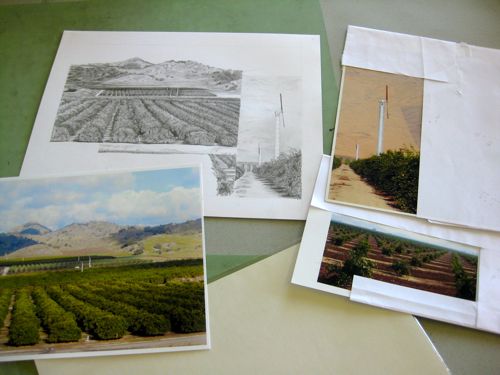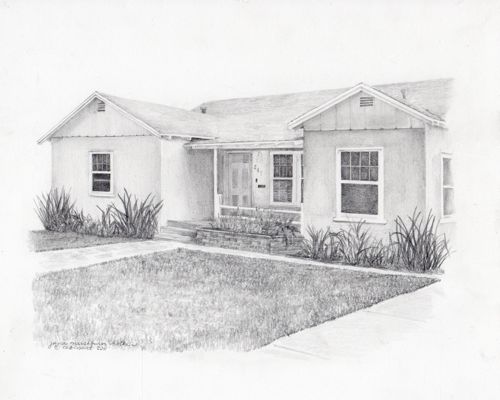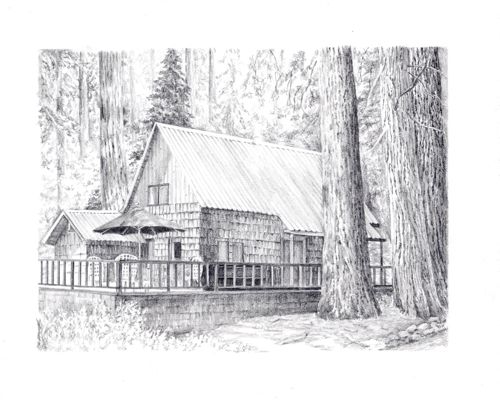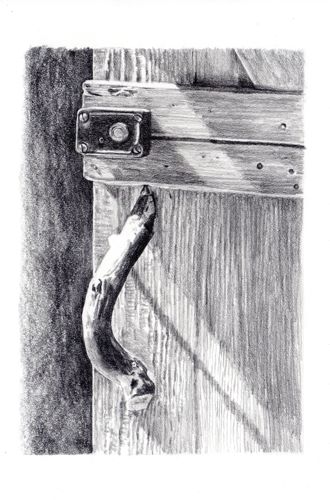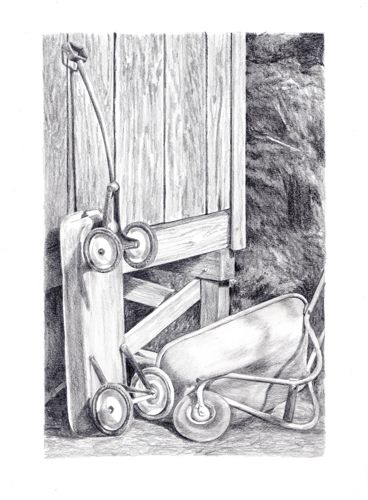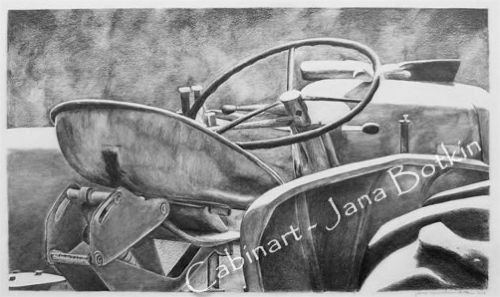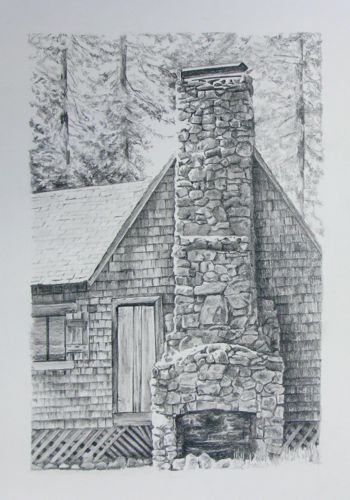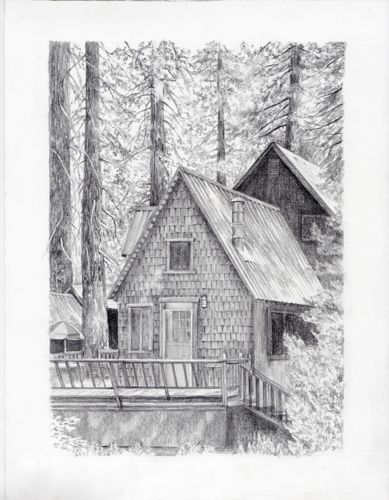
This is what drawing student Gerald said to me when he finished his drawing. “Spray?”, you are asking, even as you read this. (Yes, I can hear you.)
Spray fixative is one method of preventing the finished drawing from smearing. Framing is another; workable fixative is a third. I’ve been told it adds “tooth” (that means texture in Artspeak) to the paper. It didn’t, but that’s another story for another time.
Early in my art career, drawing people’s cabins and houses was my main activity. One time, I finished a commissioned drawing of a lovely old home, grabbed my trusty can of spray fixative left over from some college art class and proceeded to ruin the drawing. It left little waxy spots all over the paper. They scratched off with my fingernail, and I learned a Big Fat Lesson: do a test spray on something else first.
Because of that unfortunate incident, I went off spray. Completely, cold turkey, no tapering down, no patch, just Q U I T. Go ahead and call me a quitter – I can take it. (I’m a loser too, in the true sense of the word. But I digress.)
A few years later I met a pencil artist who charged huge amounts of money for her drawings, used a wide range of pencils, and sprayed with Blair No Odor Fixative. I began using a wider range of pencils (see The Rules for further explanation) and the fixative. My prices stayed the same.
“No odor” was a lie – it stunk. I think the manufacturer meant “this smells like you can get high but don’t waste your time”, but “no odor” took up less space on the label. After several years of learning to depend on this marvelous stuff that prevented my drawings from smearing despite pulling them in and out of various envelopes, folders and picture frames, the magic spray was discontinued.
I hoarded 6 cans, and today I used the last spray from my last can.
There are other brands, other types, maybe even a Blair substitute. Ick, shopping. Add it to The List. Meanwhile, I’ll just be careful with my drawings as I complete them. There will be many. I’m not ready to tell you why just yet.
Let us spray.
